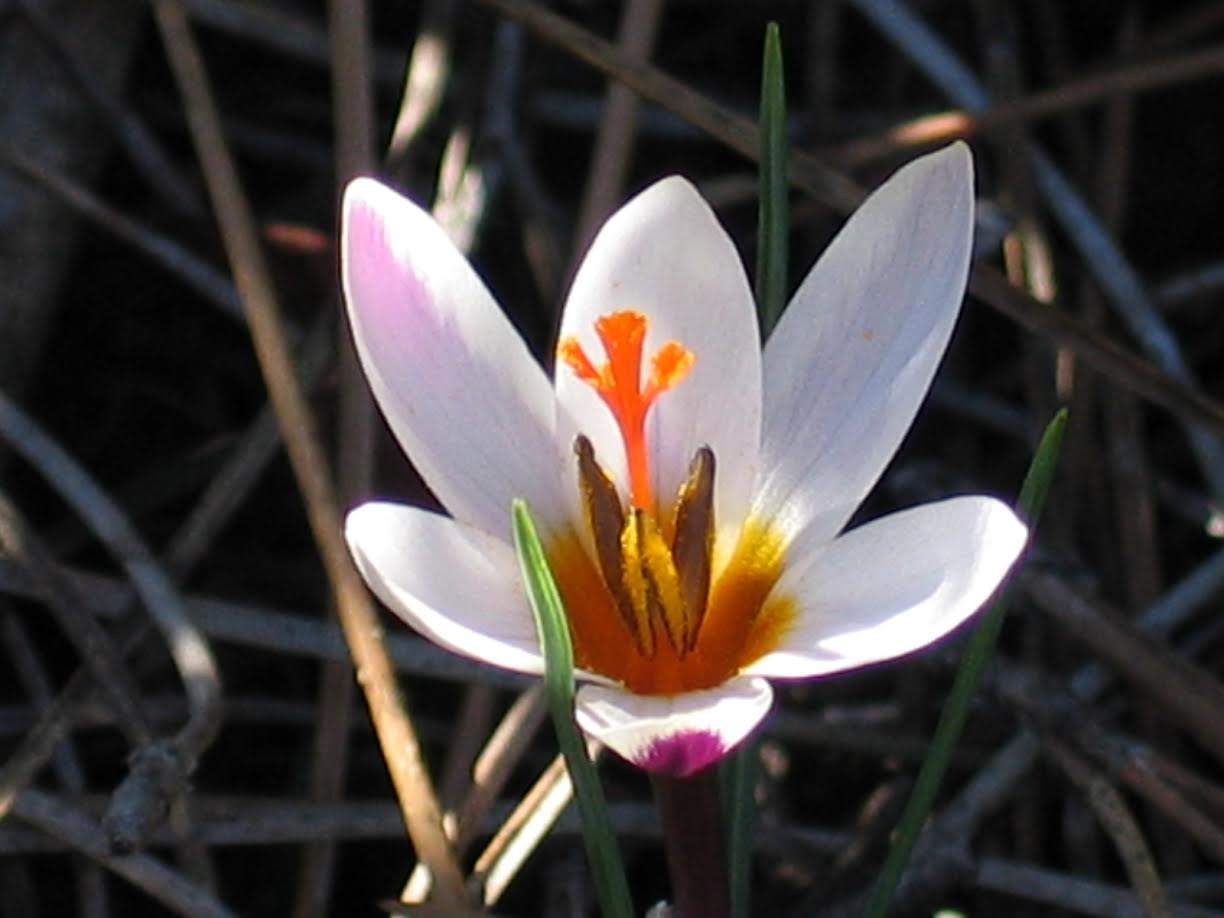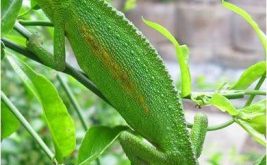Name: Crocus
Scientific name: Crocus hartmanianus
Family: Iridaceae
Description
Perennial plant with a bulbous tuber, up to 15 cm tall. It has 3–4 leaves, at the base of the plant, linear, pointed, equal to or longer than the height of the flower during flowering, 1–1.5 mm wide, hairless. White or lilac flowers with intense violet hue or streaks. It is a very rare plant, which is included in the strictly protected plants of the Bern Convention.
Endemicity – Spread
An endemic species of Cyprus, of which only 3 sites have been confirmed, 2 in the Machairas Forest and the other in the area of Trypa Vouno, in Pentadaktylos, where it was located after 50 years. The few plants found at Platanias Forest Station in 1991 have disappeared and the plant has not been found in Asinos, where it was collected in 1990, although the area was explored in 2005. There are also collections (1905–1989) from other sites in Machairas Forest, near the Holy Monastery of Machairas and in Kionia, but which have not been recently confirmed.
Habitat
Rocky slopes with refractory limestone rocks and forests. Flowering in January-February and fruiting in April-May. Temperatures that favor the germination of its seeds are 10 ° C and 15 ° C. Completion of germination within 60 days.
Special features
It presents the phenomenon of ampicardia. Ambicarpia is characterized by burying a number of sperm near the mother plant and is an effective method to ensure restlessness. The ecological significance attributed to ampicardia is the protection from grazing animals and the avoidance of placing the seeds in an inhospitable environment. More specifically, ampicardia is a defensive strategy in which plants are protected from the consumption of resources and energy for their unnecessary dispersal in new and inhospitable environments. Instead, they are kept in the environment of the mother plant, which guarantees their preservation. In contrast to the usual dispersion, in which long distances are covered and new dwellings are occupied, in disfigurement the wide dispersion is avoided or there is still no dispersal at all. The more limited the environment for the species, the greater the loss if the plants are dispersed outside their natural community.
Uses
The plant has a cosmetic value while in the past it was widely used in cooking as a spice.
Protection
As for its conservation status, all three known sites are located on state forest land. In the Machairas Forest, the subpopulation (5,500 plants) is threatened by a possible expansion or reopening of an adjacent quarry. The sub-population in Pentadaktylos (500 plants) is in an inaccessible area – isolated peak 1 km from the end of a country road – and does not appear to be threatened. The largest subpopulation is located in the Machairas State Forest, which has been declared a National Forest Park. The second sub-population is in a state-run forest that has been selected to join the Natura 2000 network, but has not yet been proposed due to the Turkish occupation.
Recently, this rare endemic plant was relocated by the Forest Department in the burned area of Solea. The Forest Department of the Ministry of Agriculture, Rural Development and Environment announced in January 2017 that a department of the Department of Environment has relocated and counted 1,500 plants of the rare Endemic Crocus in the burned area of Solea, in Rotsia. After the devastating fire last June, there were concerns about the possible impact on the local population of this very rare plant, which was fortunately denied.
Sources:
[1] http://nemertes.lis.upatras.gr/jspui/bitstream/10889/4286/3/Nimertis_Karagianni(b).pdf
[2] Το Κόκκινο Βιβλίο της Χλωρίδας της Κύπρου
Image sourse:
© Φωτογραφικό Αρχείο Α & Δ Χατζηχαμπή
 Κυπριακό Κέντρο Περιβαλλοντικής Έρευνας & Εκπαίδευσης – Κυκπεε
Κυπριακό Κέντρο Περιβαλλοντικής Έρευνας & Εκπαίδευσης – Κυκπεε




